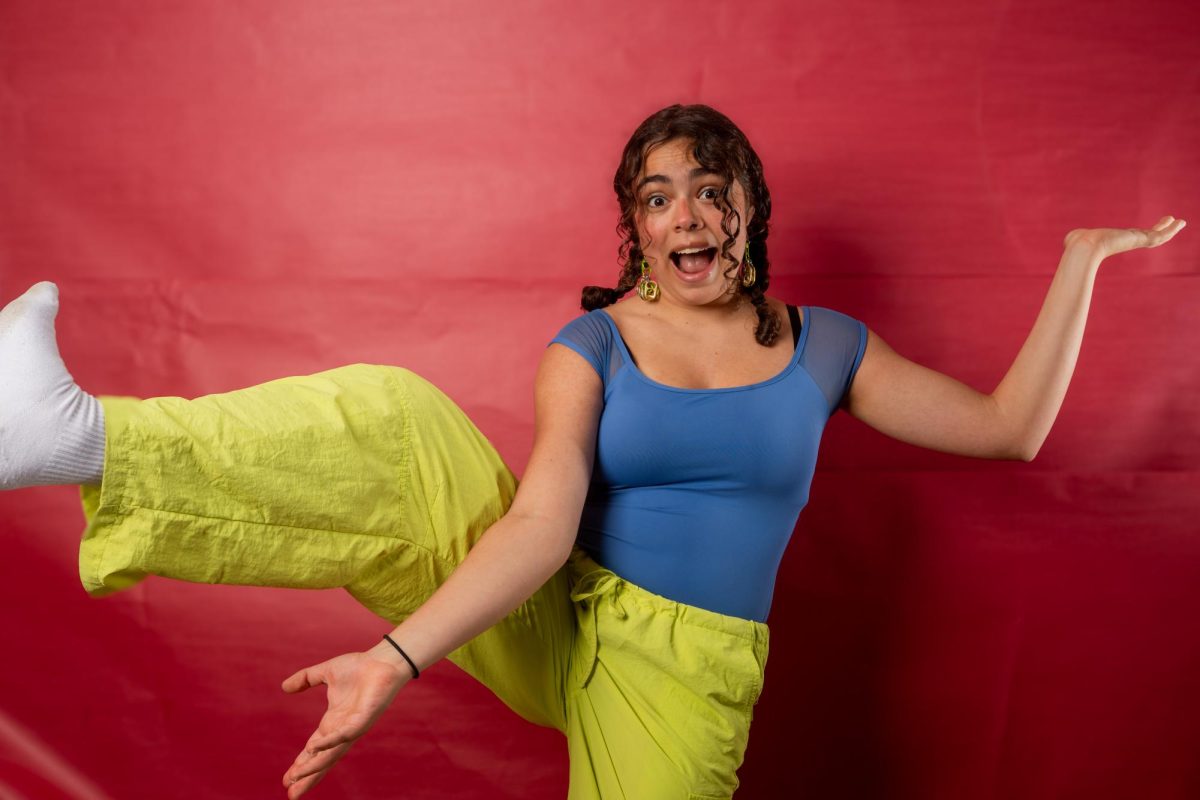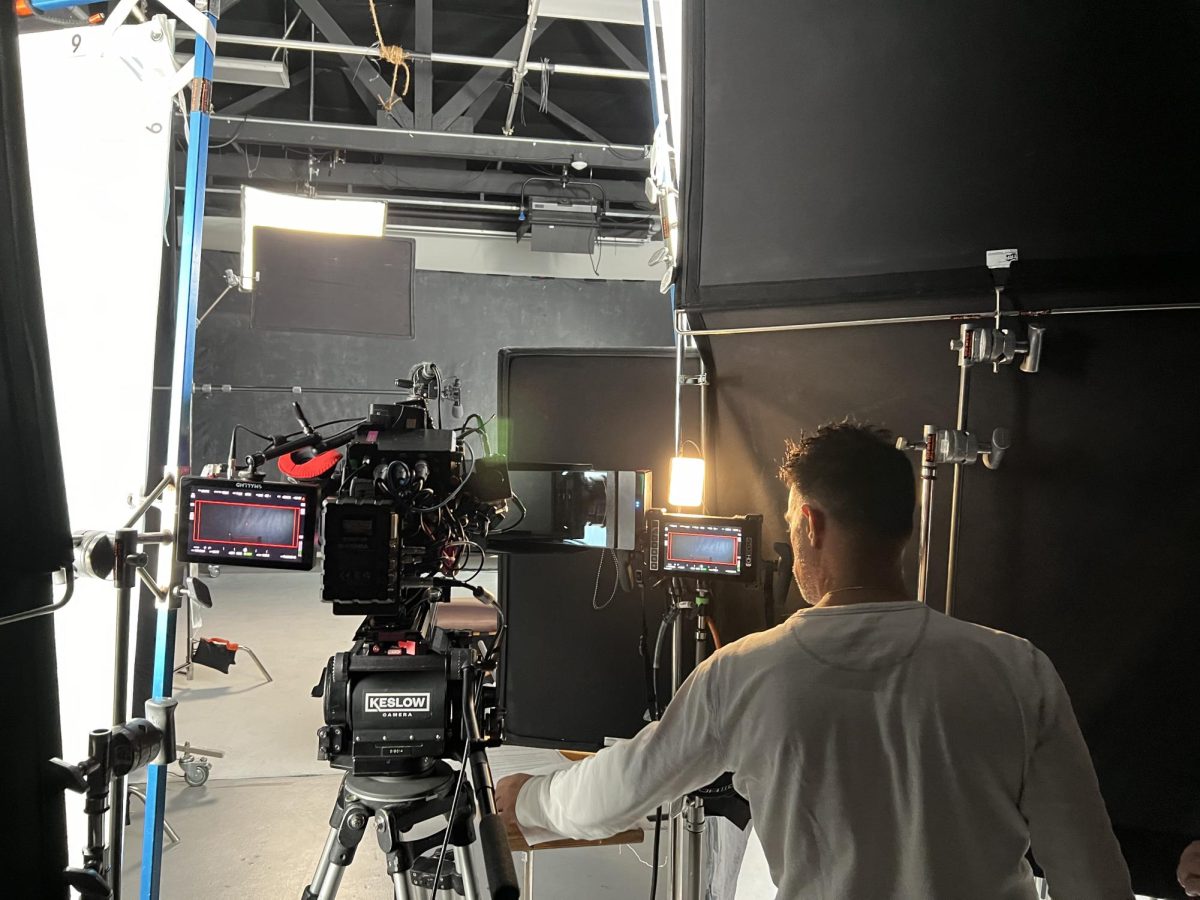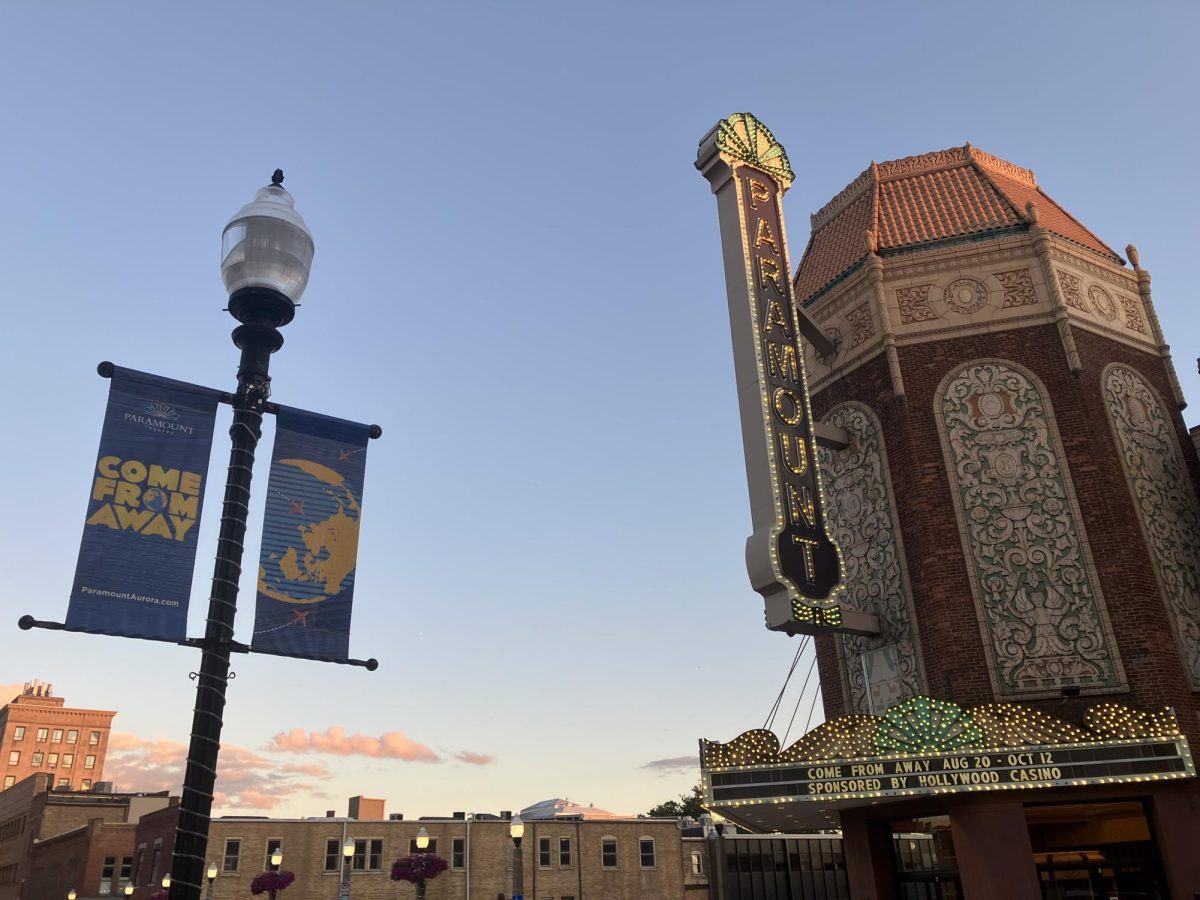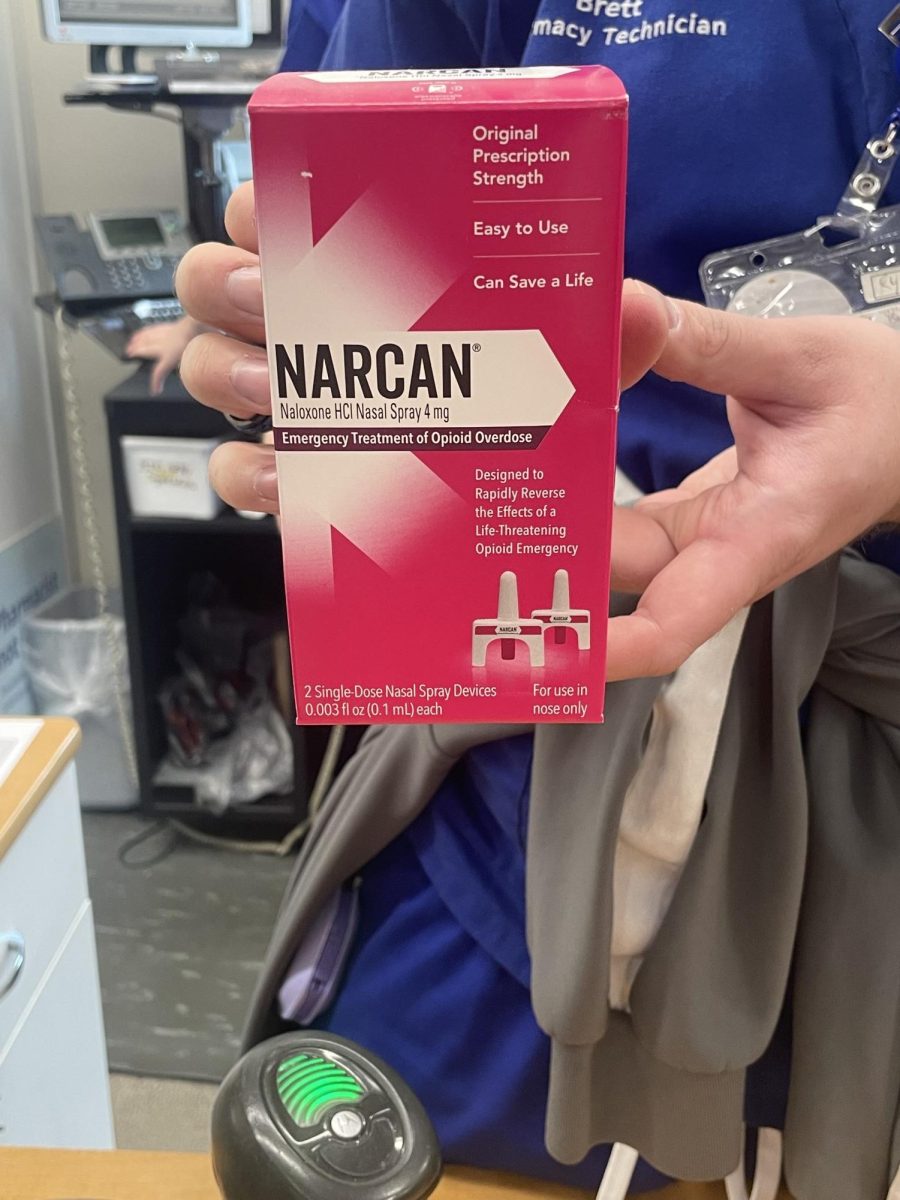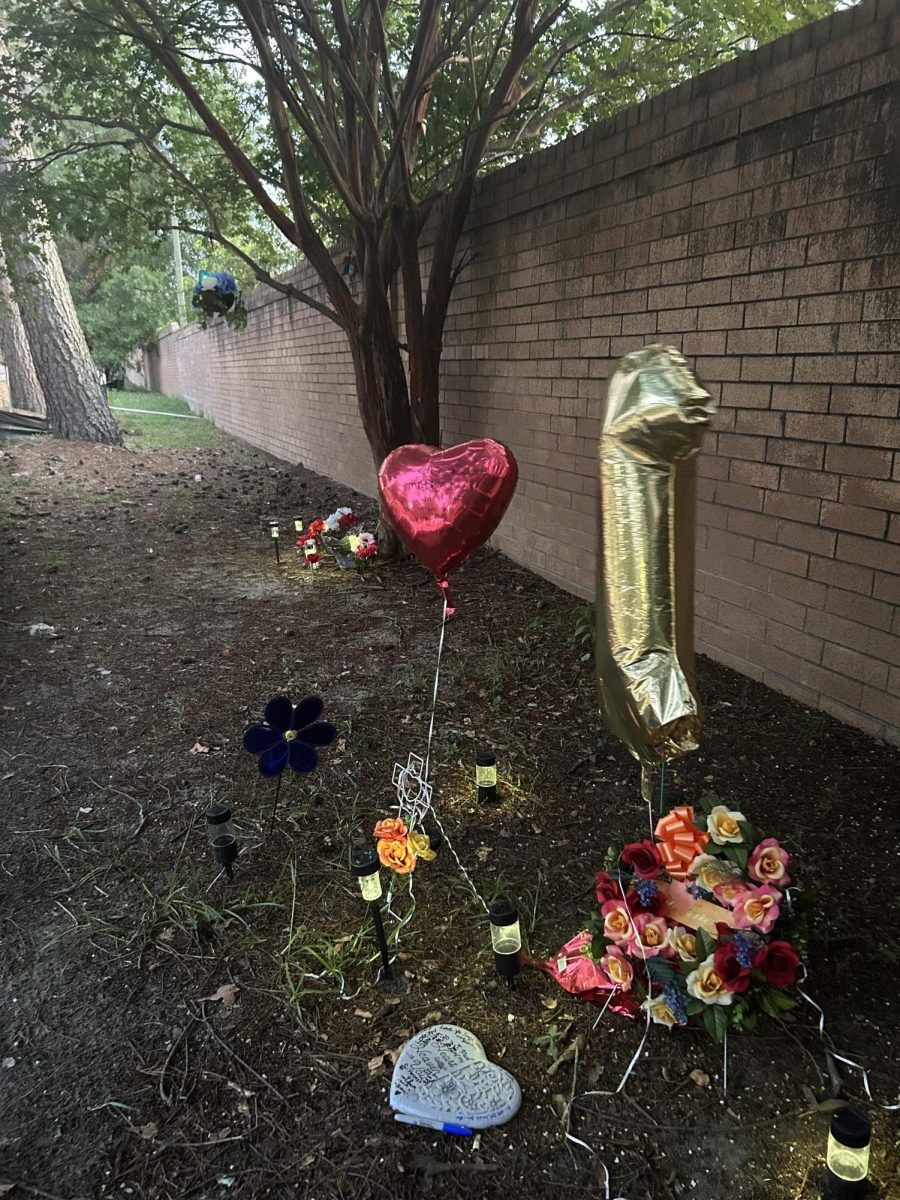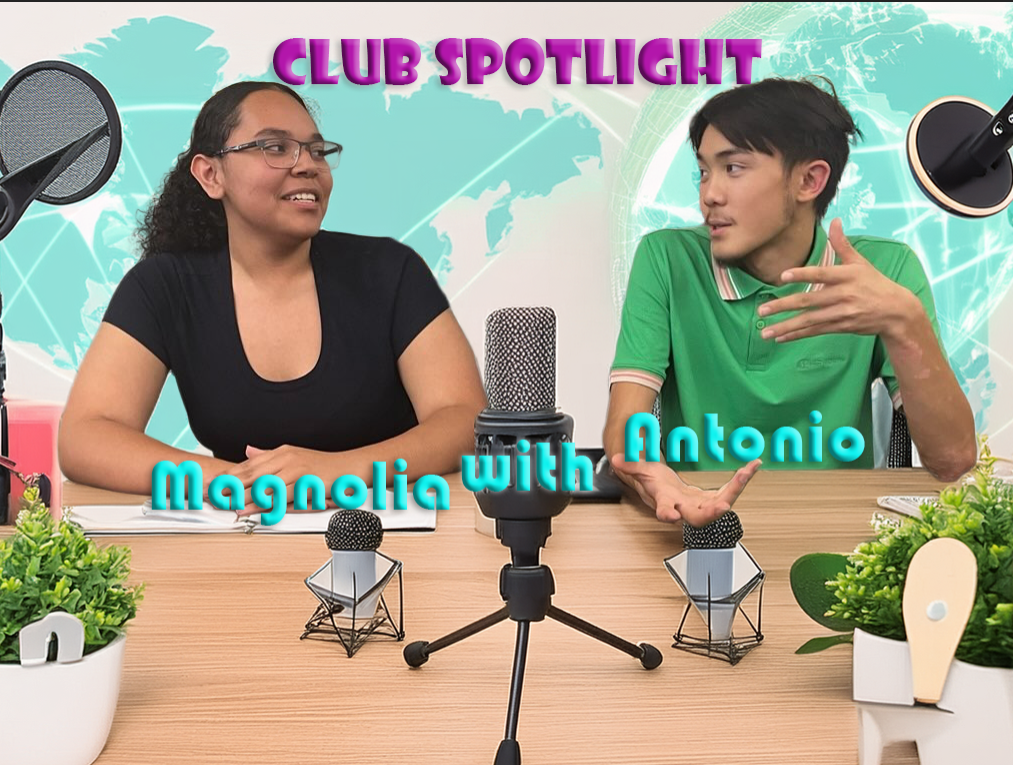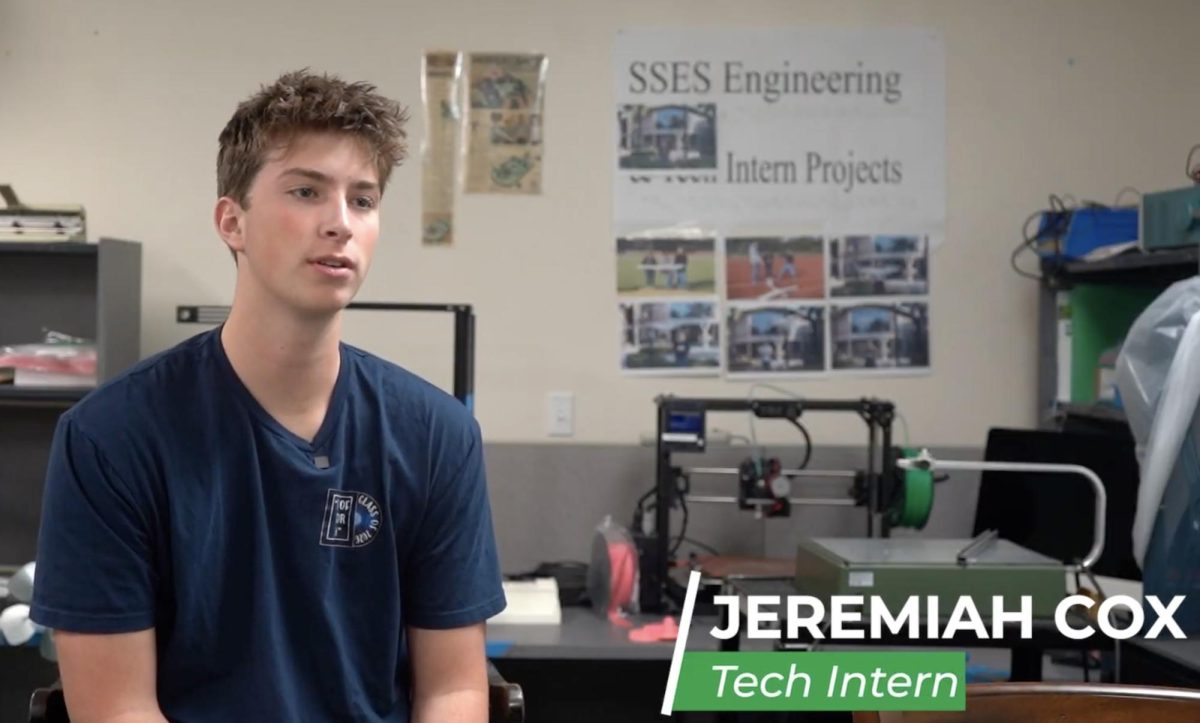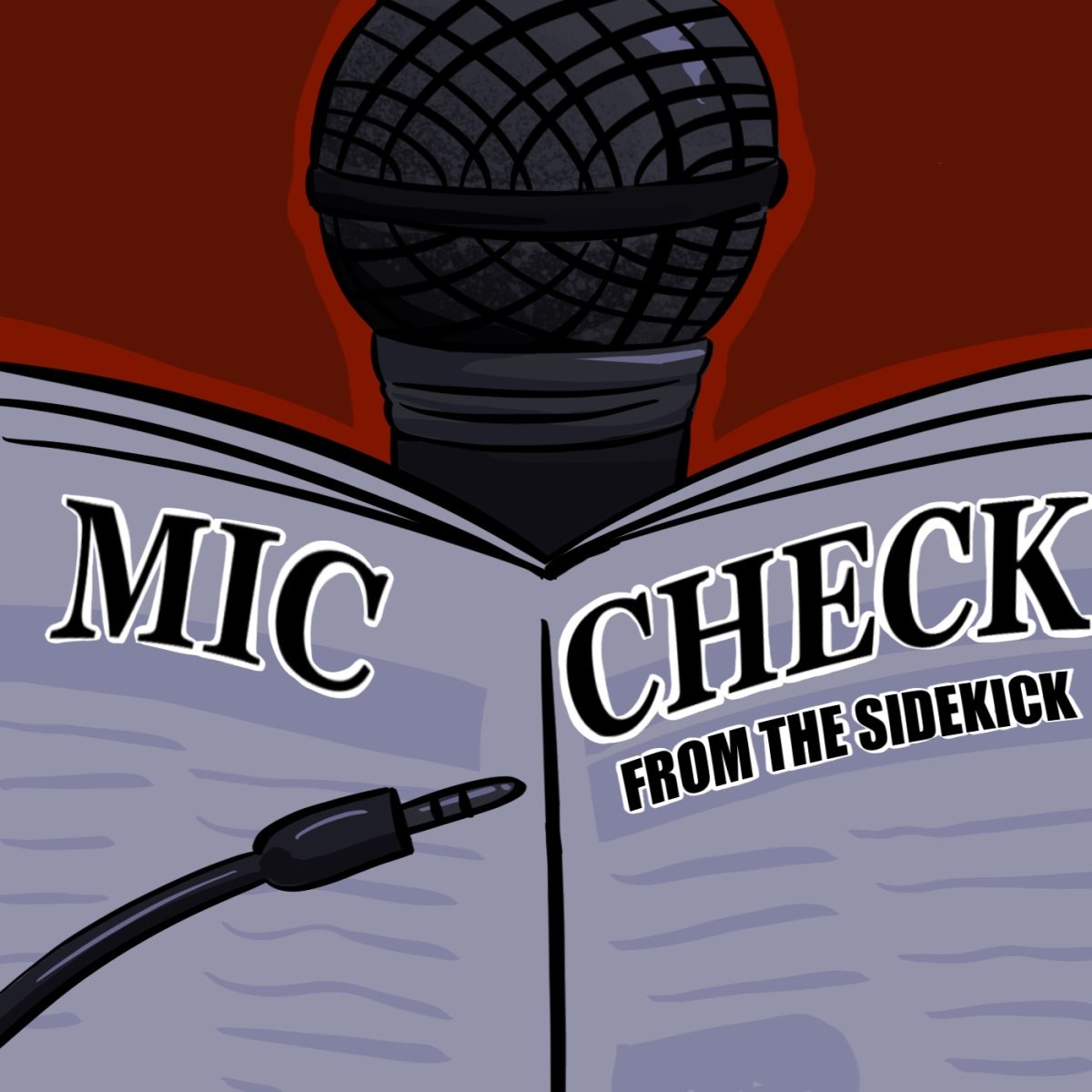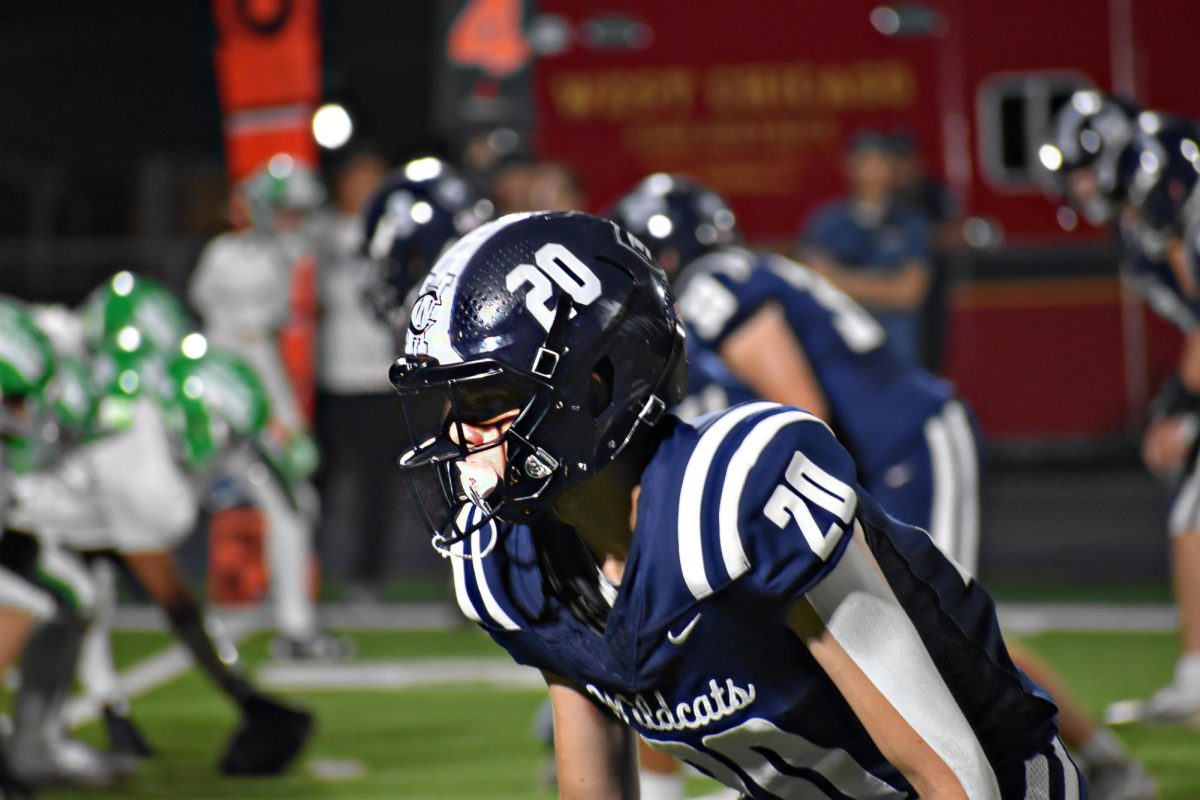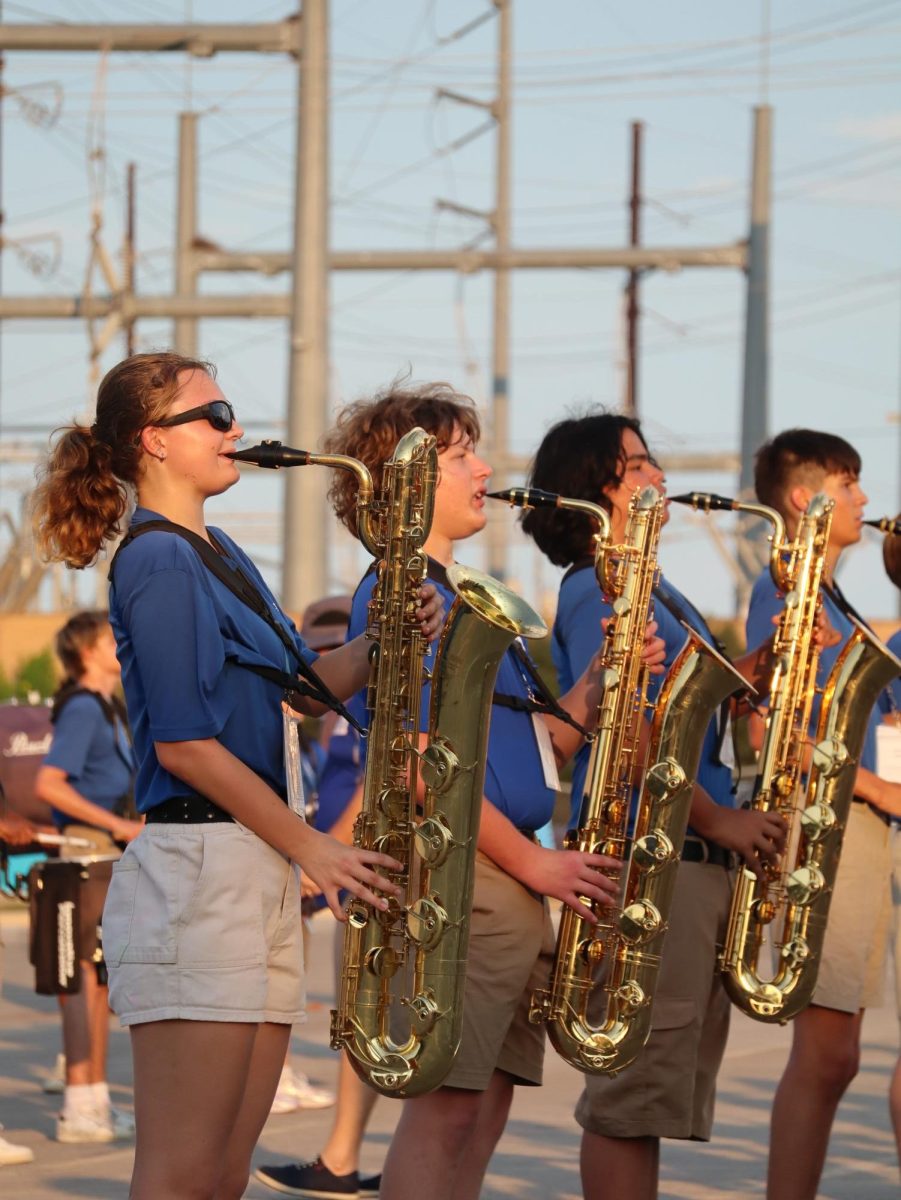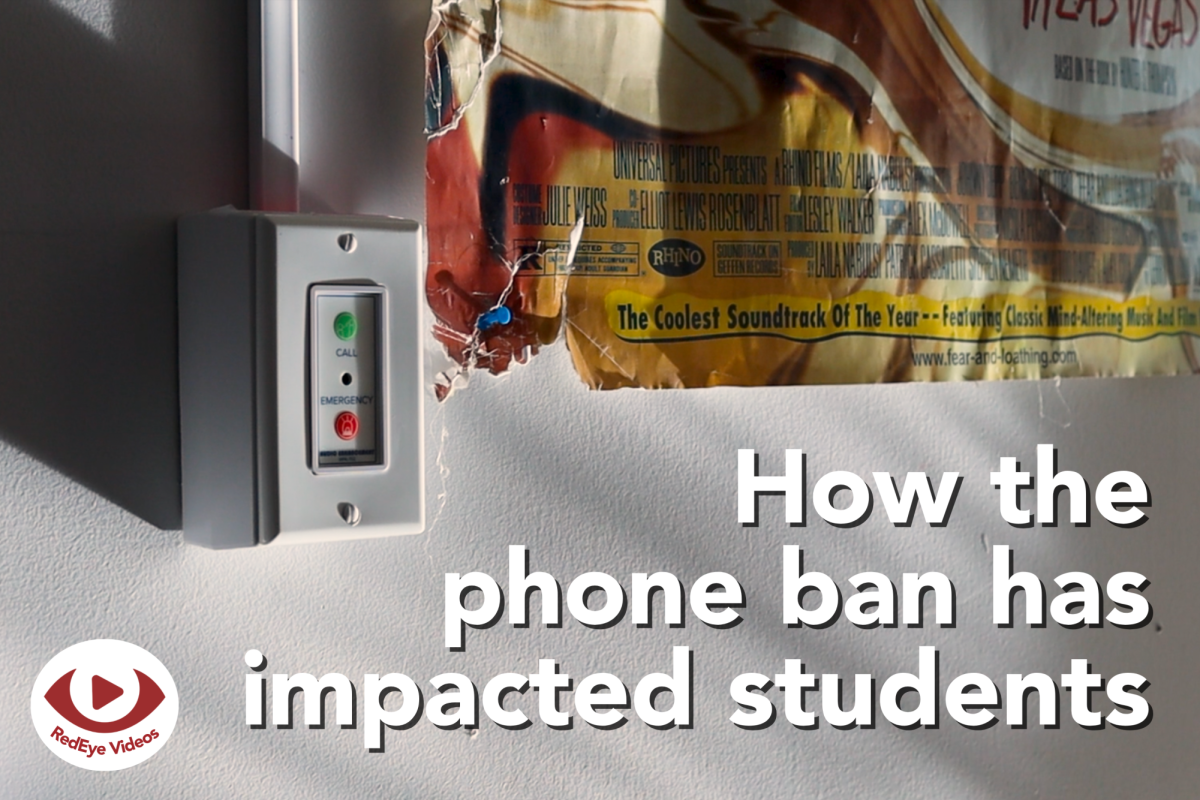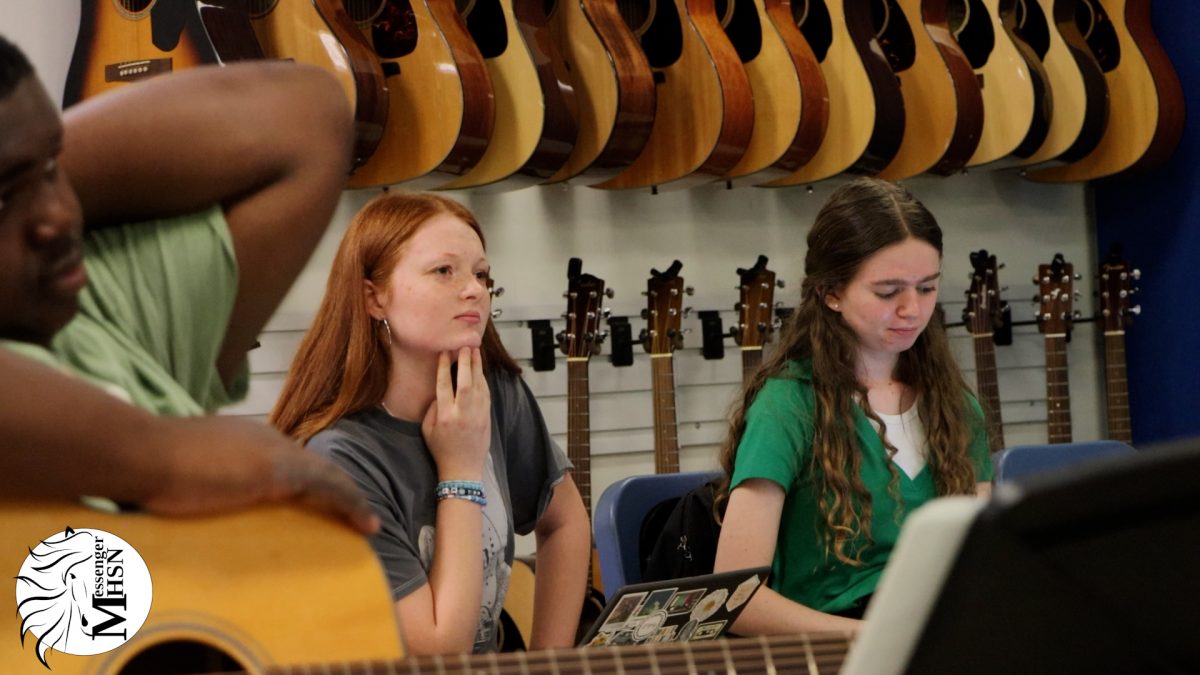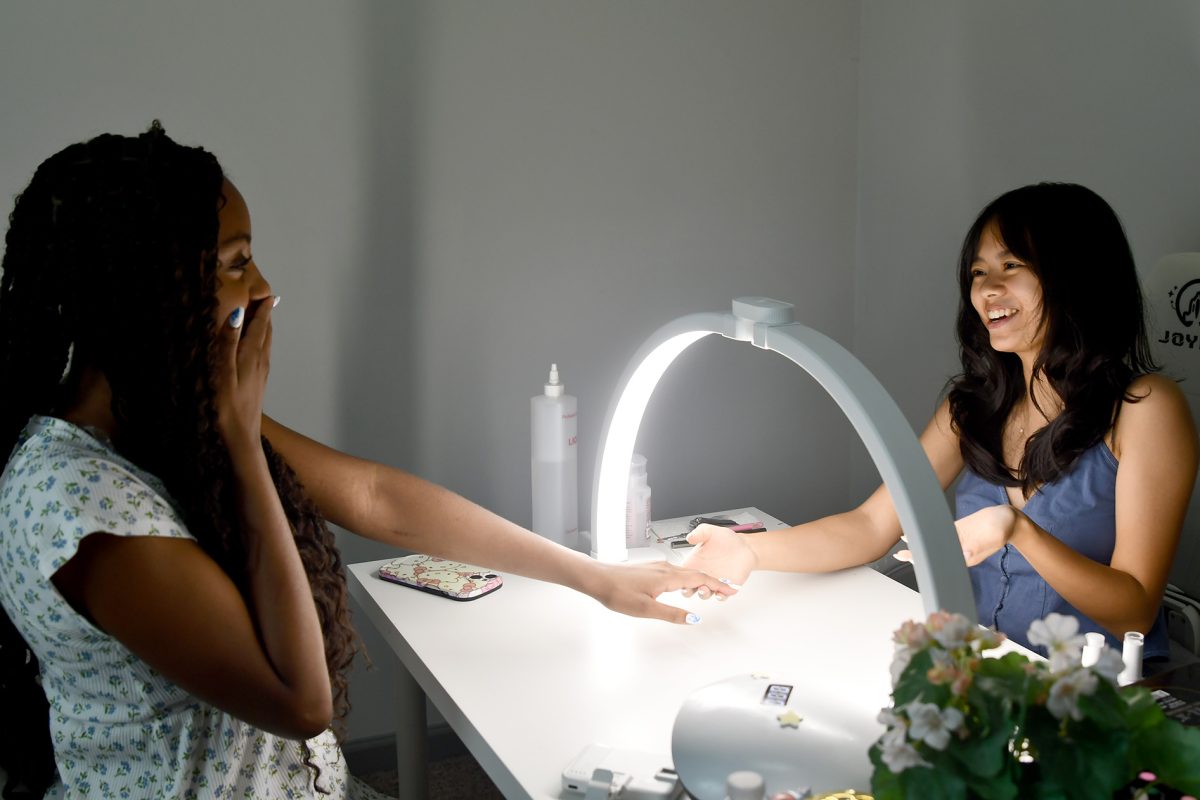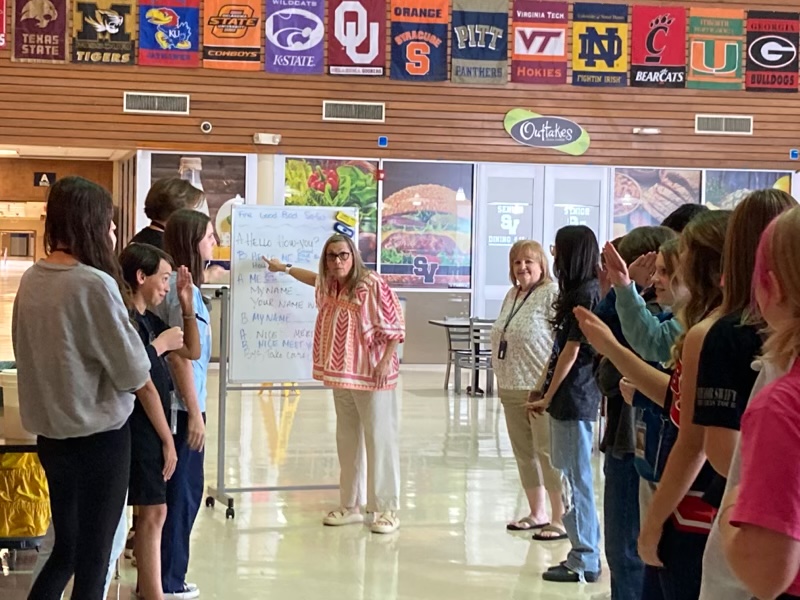American Sign Language 1 classes are online this year after losing an ASL teacher before the school year started.
Students are currently placed in a classroom led by long term substitute Tamra Carson and are working through the online program ASLdeafined.
“(Learning on the computer) is better than our sub trying to teach us, but it’s weird when trying to learn the directions of a sign,” freshman and ASL 1 student Marley Clark said. “It’s hard to see how far to hold (the sign) and where to put it in a certain spot. The program is good; it’s just not as good as it could be.”
The changing nature of the ASL program shows how the national teacher shortage affects public schools every day.
“It definitely makes things difficult for a lot of reasons, one being that a lot of classes are super full,” junior and ASL club president Ella Winkler said. “It also leads to situations like ASL 1 where kids aren’t getting the education they need and deserve.”
During the second week of school, ASL 2, 3 and 4 classes combined with the ASL 1 classes in the senior dining hall to practice conversational signs.
“It was beneficial to both classes,” Carson said. “It gave the ASL 2 students an opportunity to brush up on their skills and for the ASL 1 students to see why it is important to learn and practice what they are learning. You could see the struggles with some of them when they started signing with each other. Some of them thought they knew their alphabet and some of the signs they had been taught so far until they actually started signing.”
For freshman and ASL 1 student Cameron Davis, signing with the older students showed her how much more she has to learn.
“It was really difficult because we had only really learned the alphabet and a few other signs like ‘hi’ and ‘how are you’ but that was about it,” she said. “They had to teach us some things on the spot.”
Sophomore and ASL 2 student Daylin Blake hopes to sign with the other students again in the future.
“It was really fun,” she said. “It felt more like we were learning than just being taught.”
ASL teacher Claudia Barthuly said she hoped ASL 1 students gained a new understanding of the language from their activity.
“There’s a lot more to (ASL) than just watching a screen,” she said. “It’s the most social language out there. It has to be live and in your face.”
To give the ASL 1 students a break from learning on the computer, Barthuly and Carson swap classes when they can, so Barthuly can teach them.
“I want them to build a foundation,” Barthuly said. “Any child as an infant learns a language, and if they don’t have that first foundation, that strong foundation, then as they advance, it’s going to be a train wreck. That’s just the natural order of language acquisition.”
For Winkler, she feels the reorganization of the program will directly affect student involvement in ASL.
“I think once word spreads about them having to learn on a computer, a lot less people will want to take ASL,” she said. “ASL is a very physical language. You have to be signing with other people. It’s with your hands, and when you’re not actually signing and just watching a video of someone doing it, you’re not going to learn.”
Despite Winkler’s concerns, both Davis and Clark plan to take ASL 2 next year and look forward to experiencing the more conversational side of ASL.
“Since next year there will be an actual teacher for ASL 2, I’m planning on taking the class next year,” Davis said. “It really is fun.”
This story was originally published on Valley Ventana on September 19, 2023.

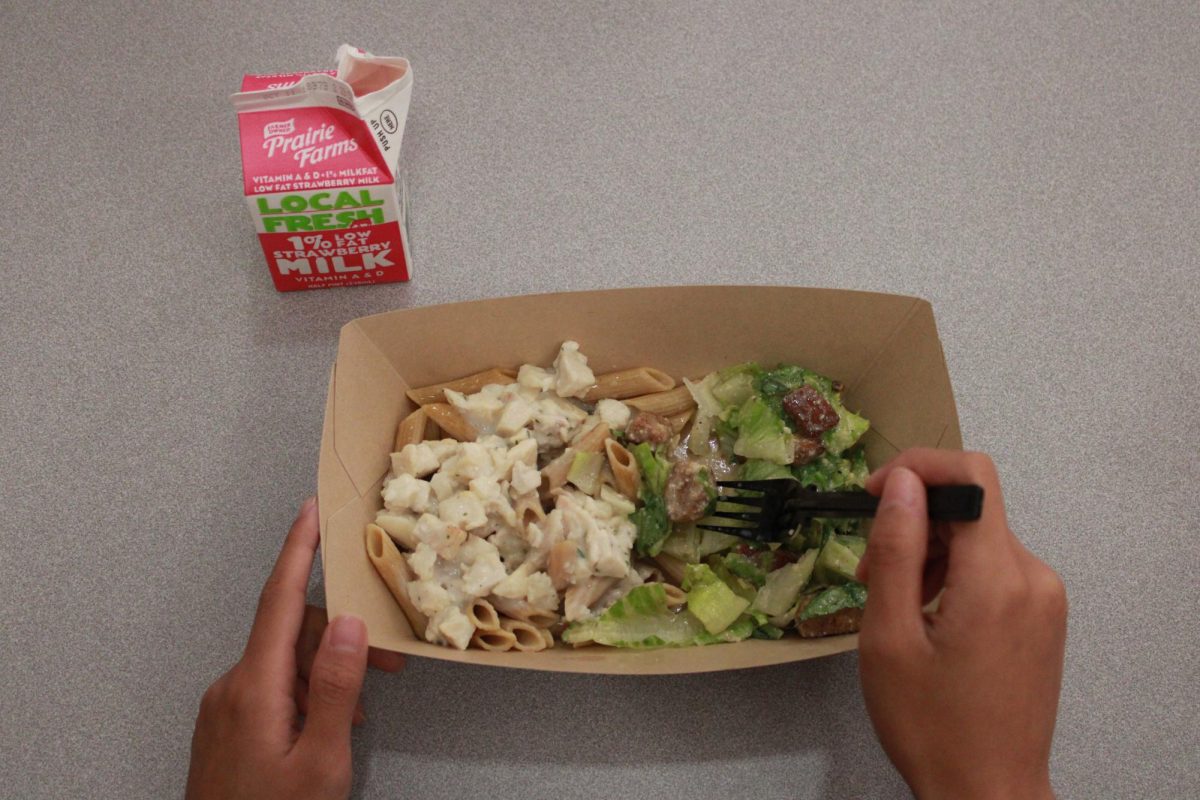
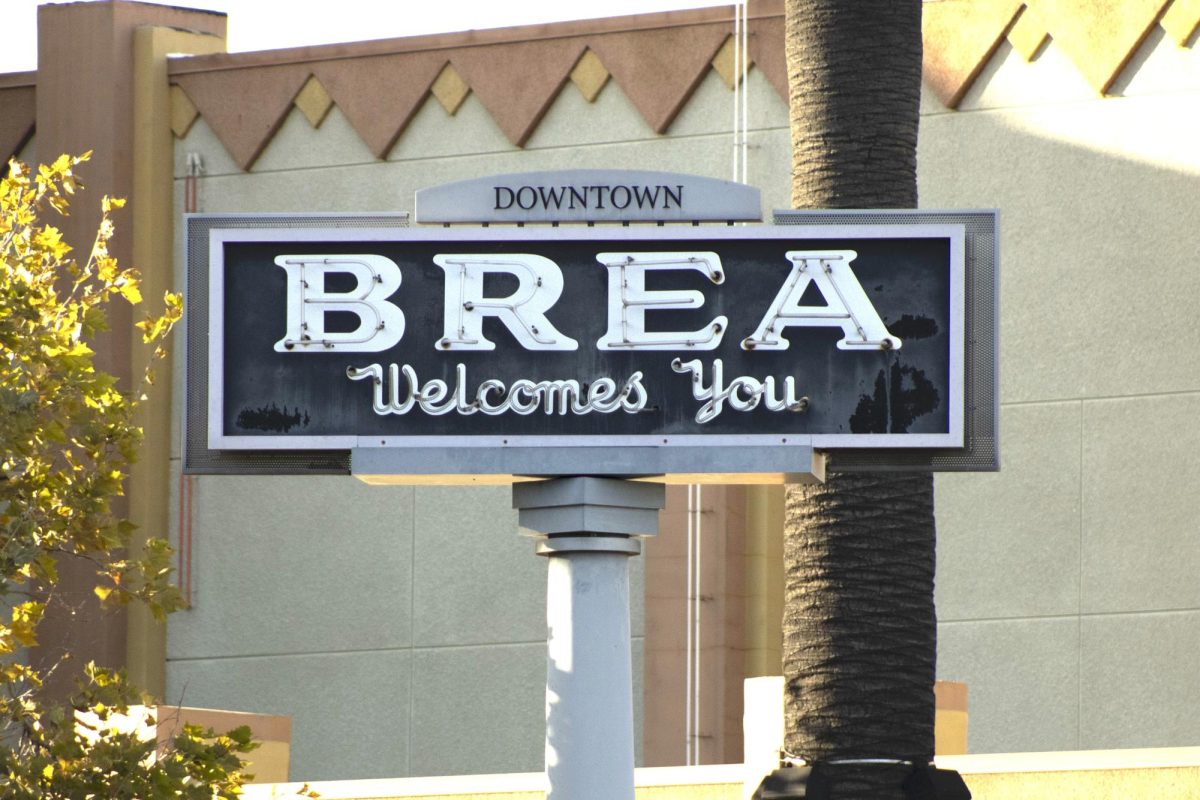
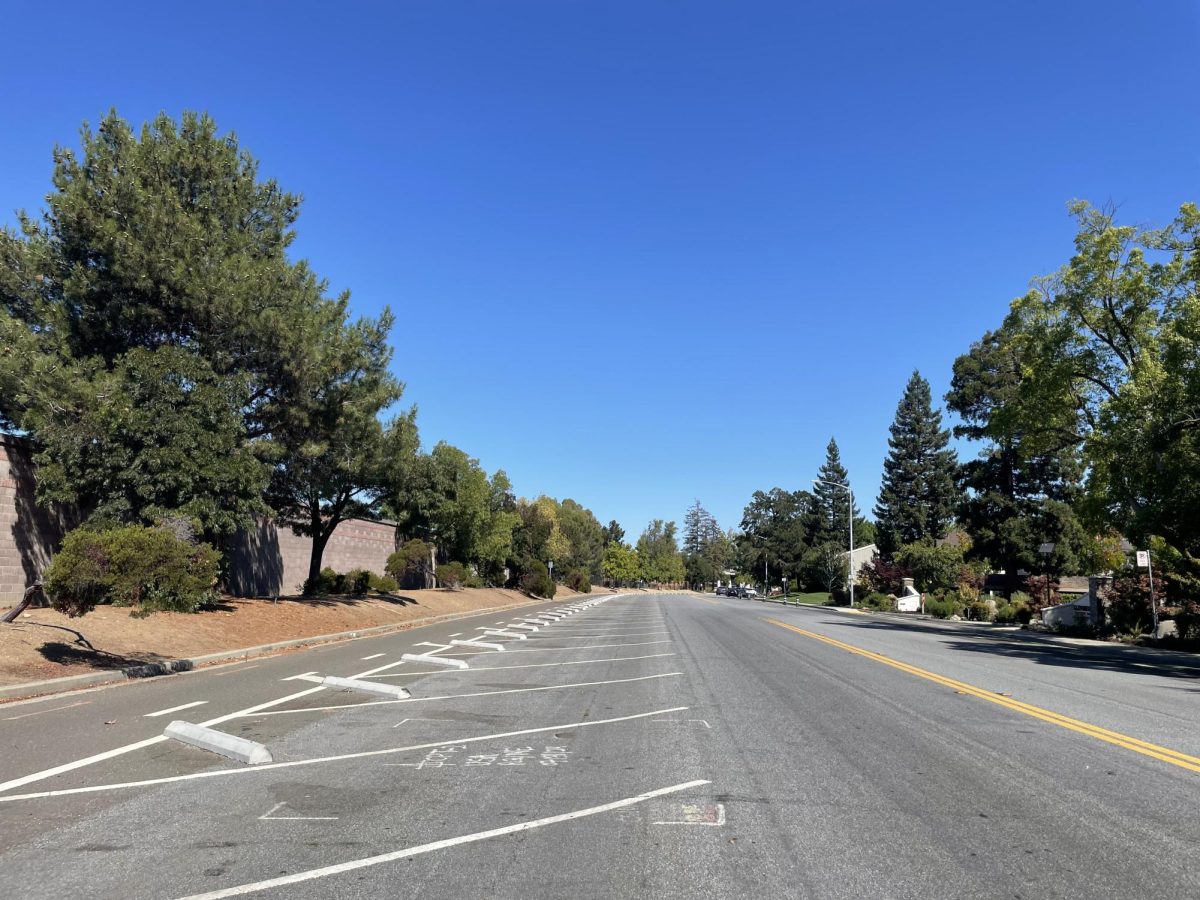


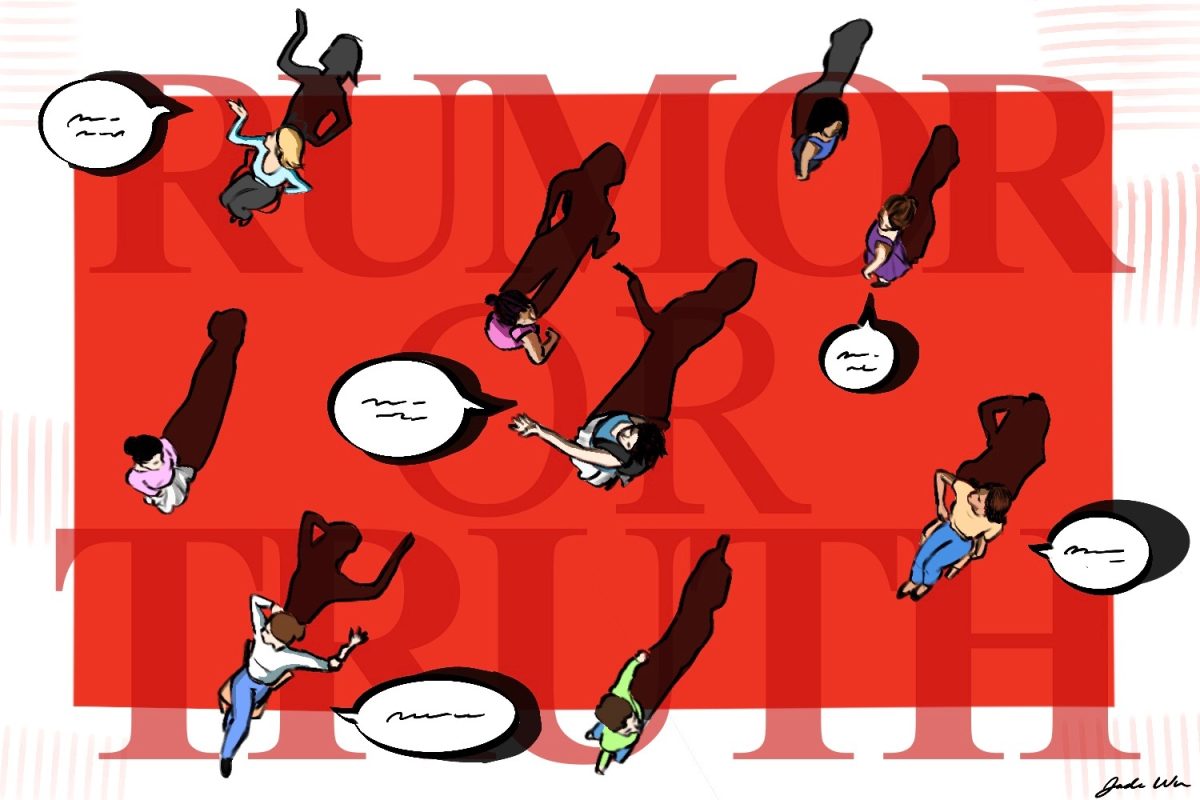
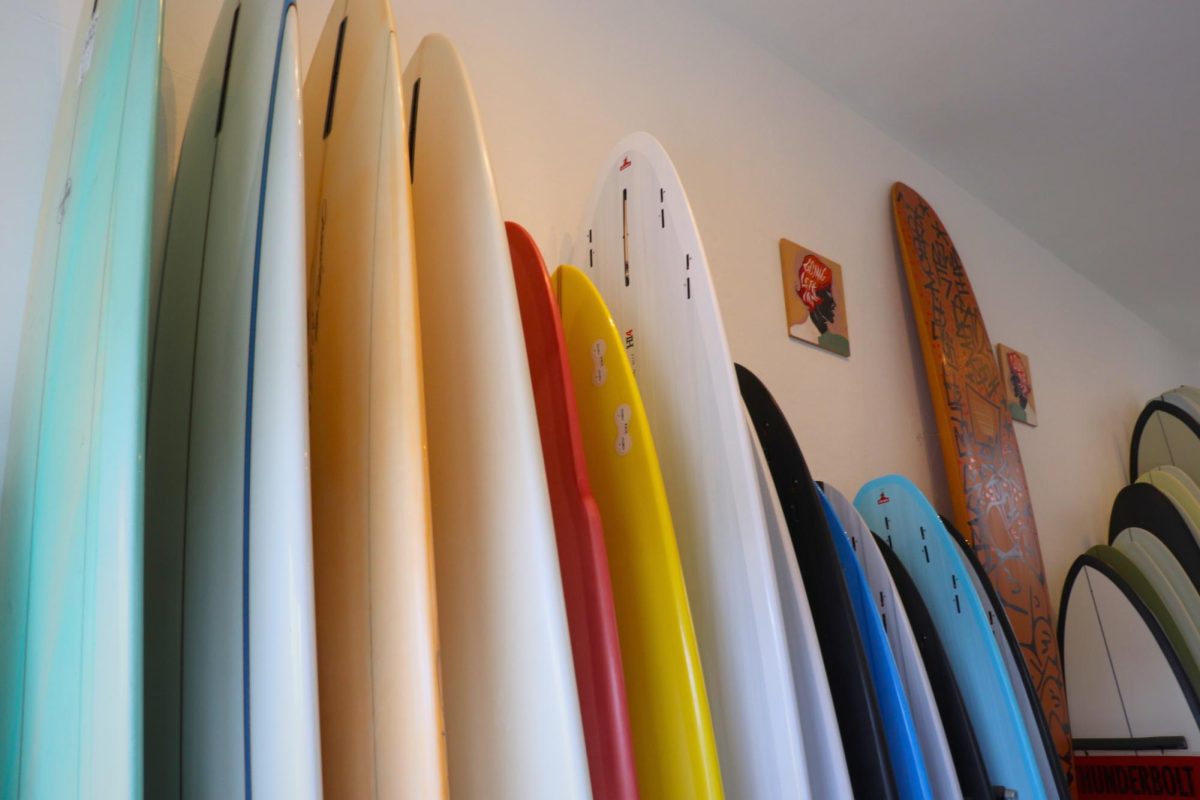
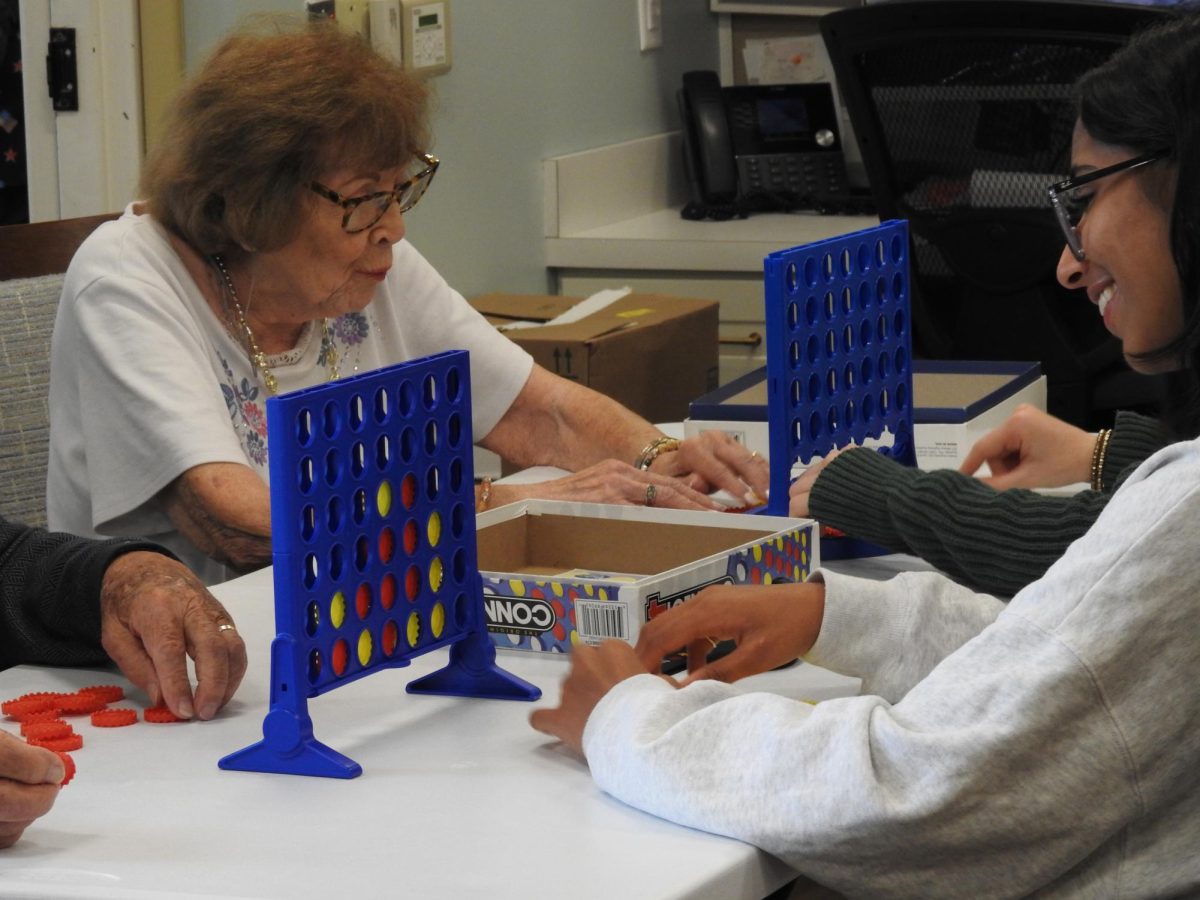
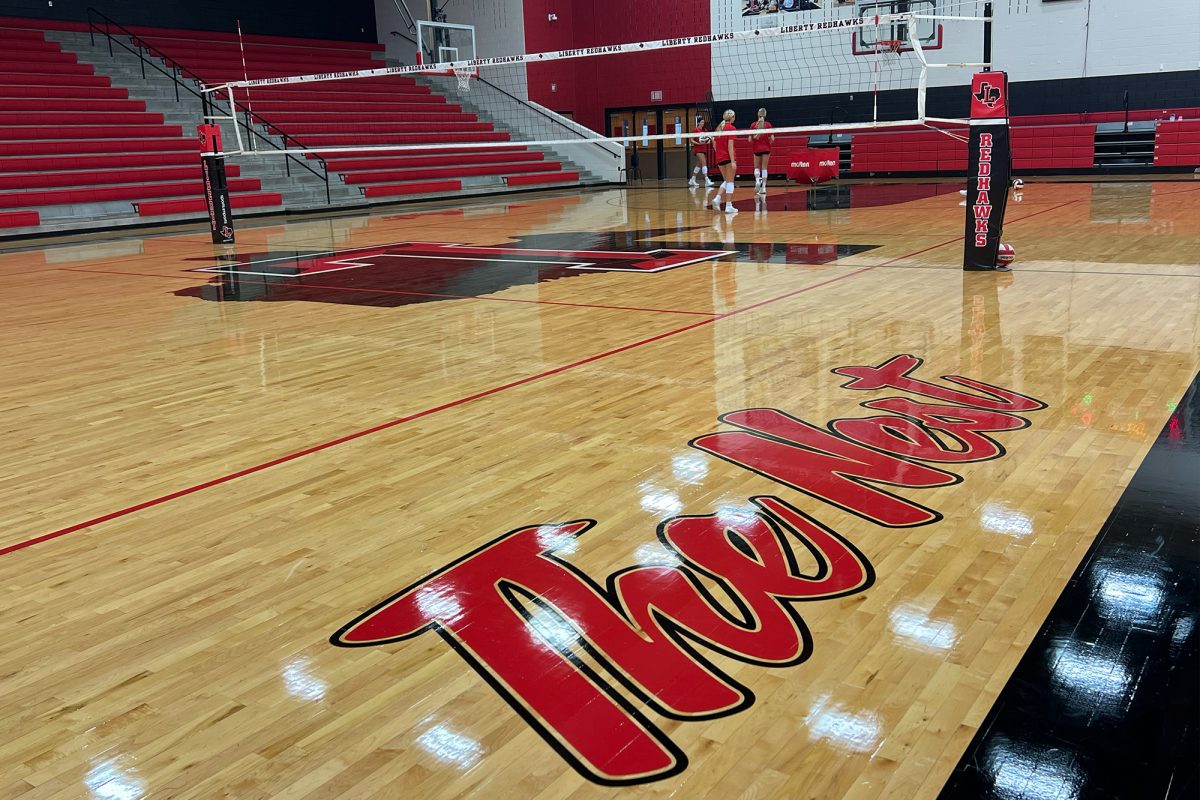
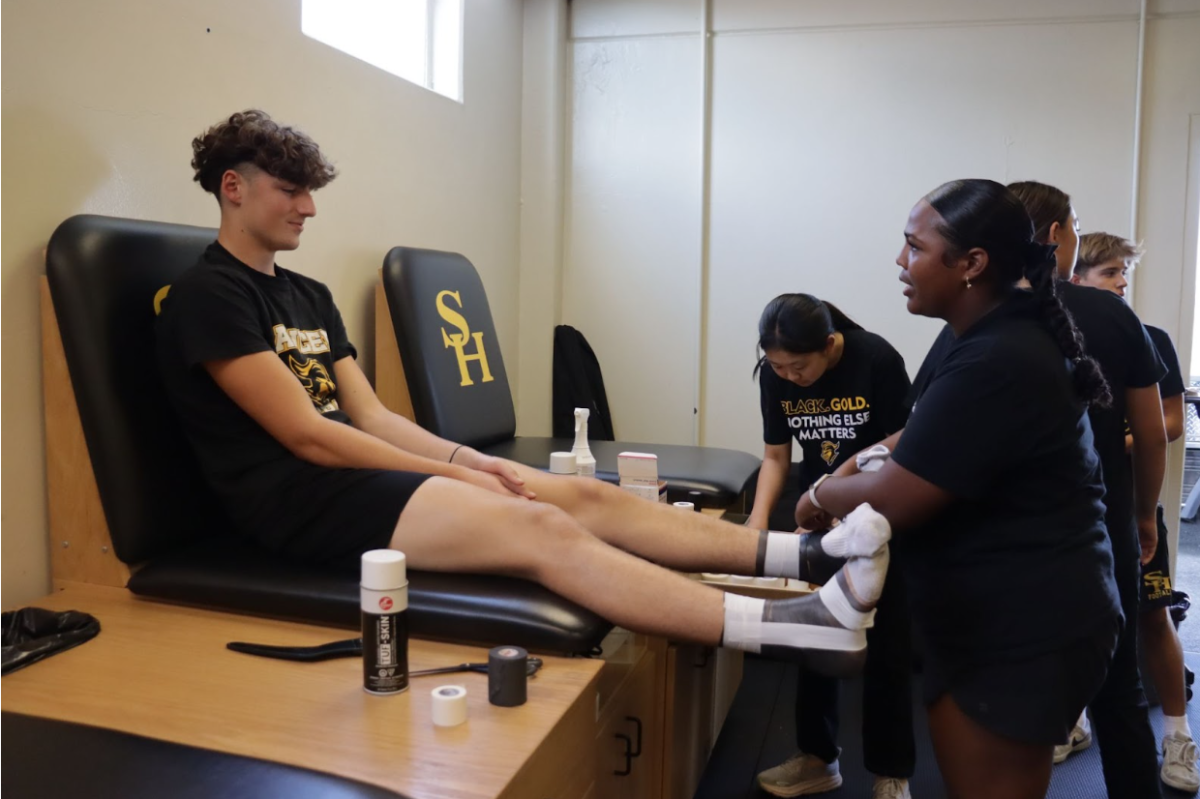
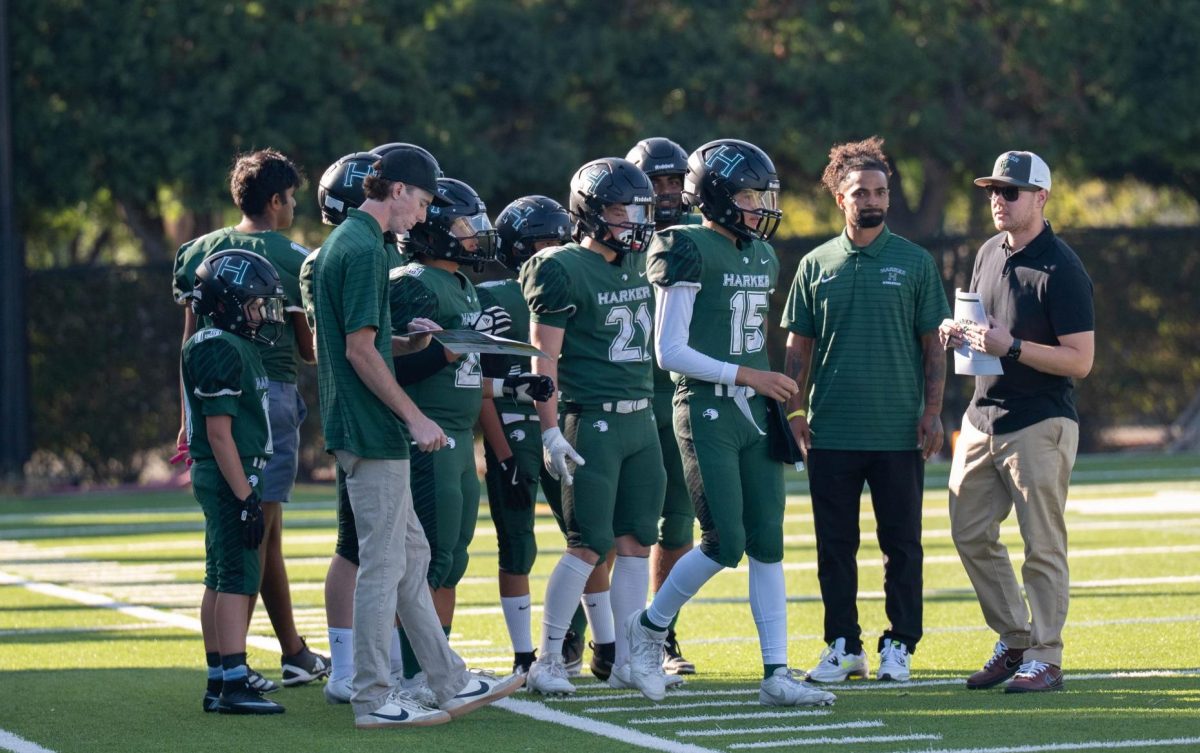
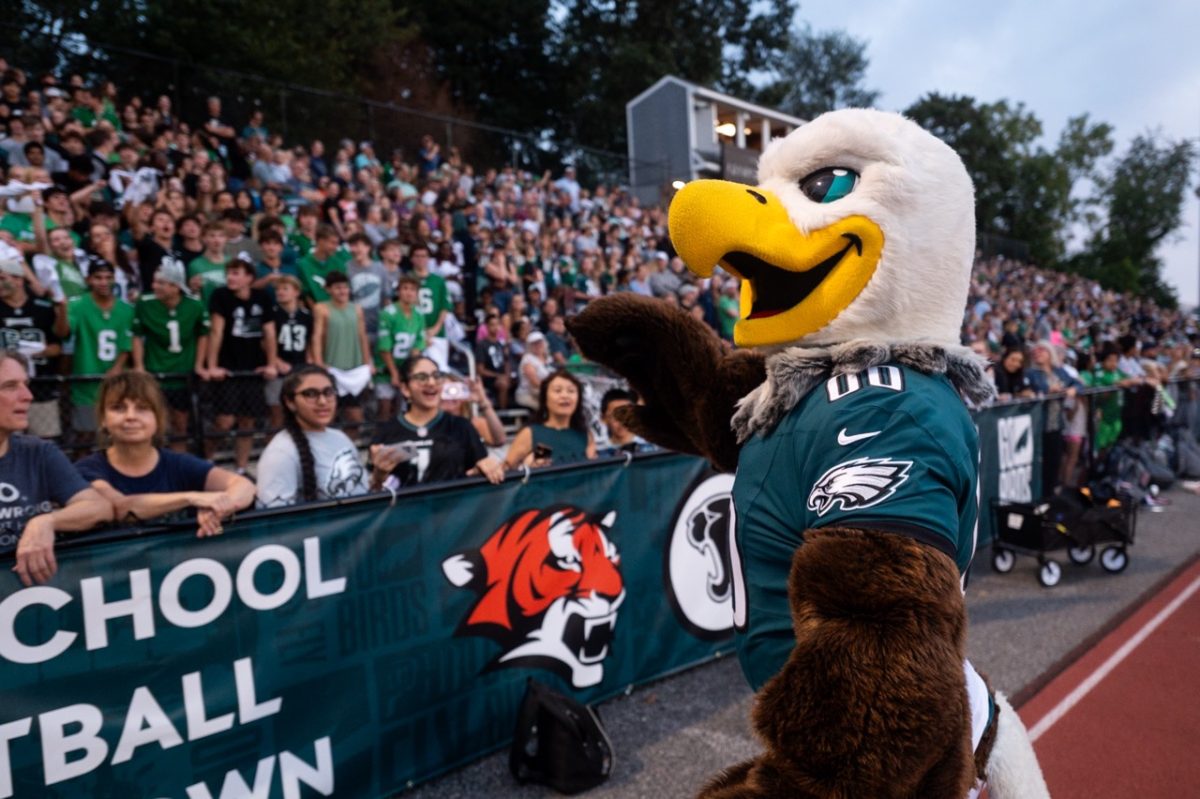

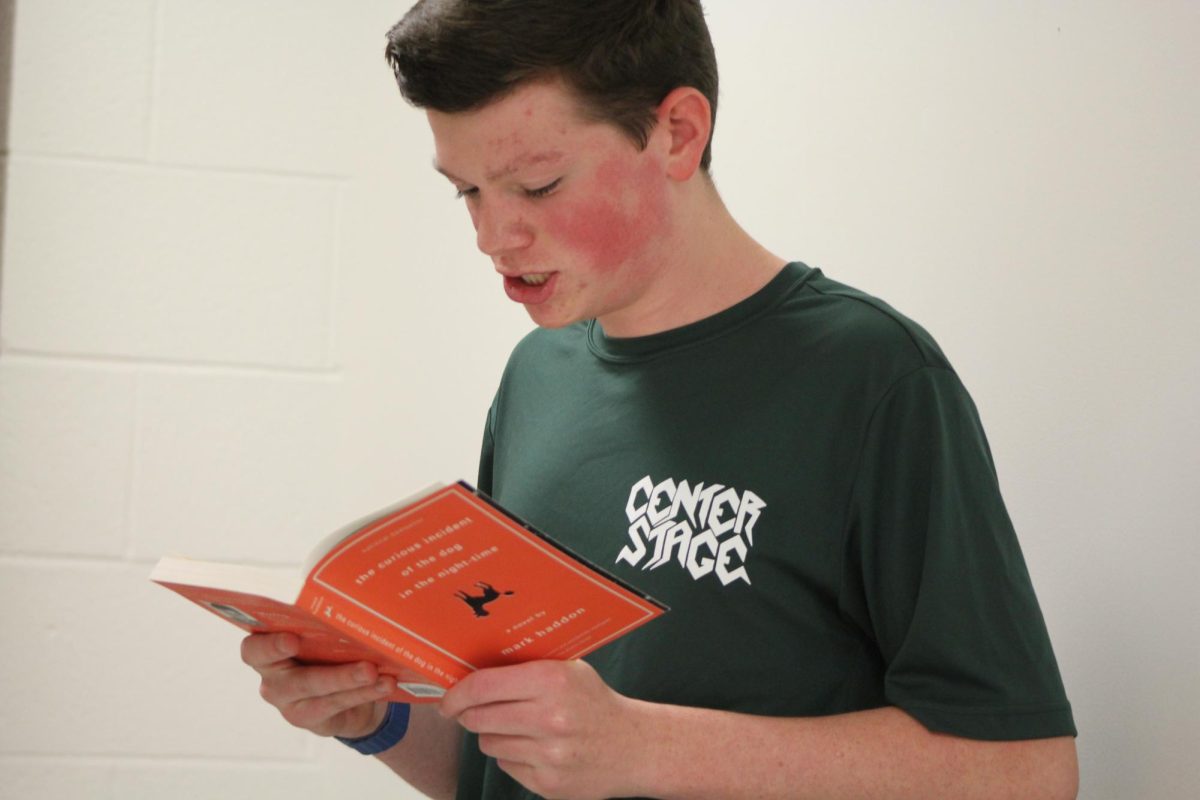
![Gazing across the stage, sophomore Alexis Monteleone performs in the school theater. The Monteleone family’s band “Monte and the Machine” has been releasing music since 2012, but Alexis started her own solo career in 2024 with the release of her first single, Crying Skies. “My whole family is very musical, [and I especially] love writing [songs with them],” Monteleone said.](https://bestofsno.com/wp-content/uploads/2025/10/DSC7463-1200x798.jpg)
